- Joined
- 11 June 2014
- Messages
- 1,333
- Reaction score
- 1,780
Drawing number...

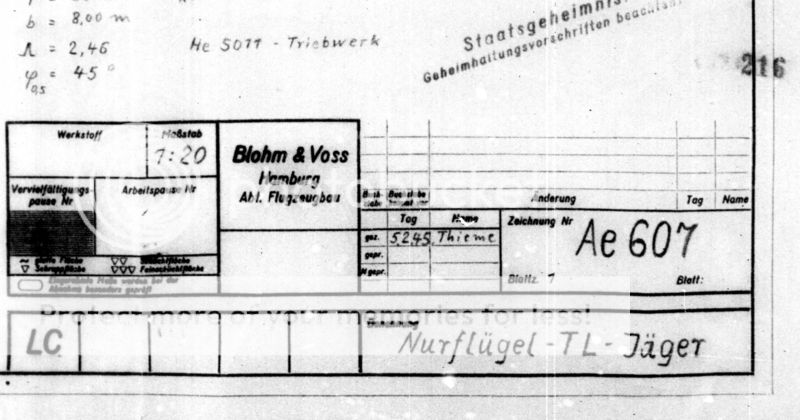

hesham said:My dear Dan,
that means this designation was real Project,some sources suspected in it.
cluttonfred said:OK, I am missing something. Where is the rest of the drawing?
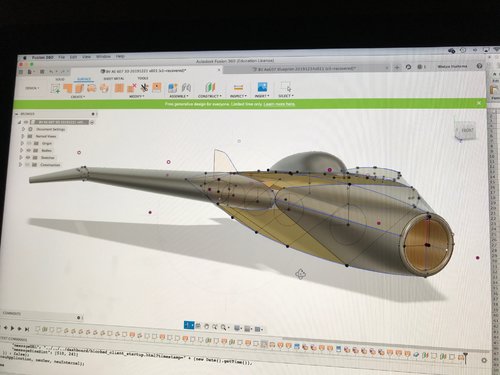
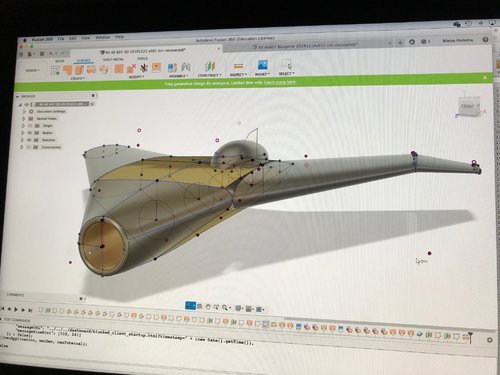
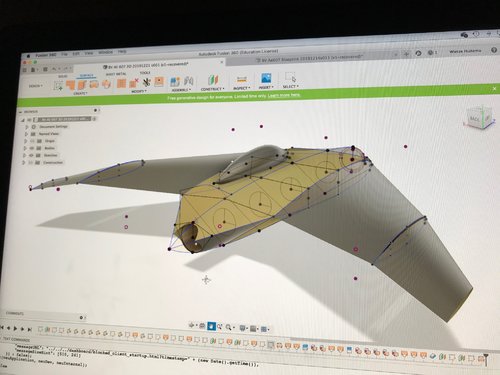
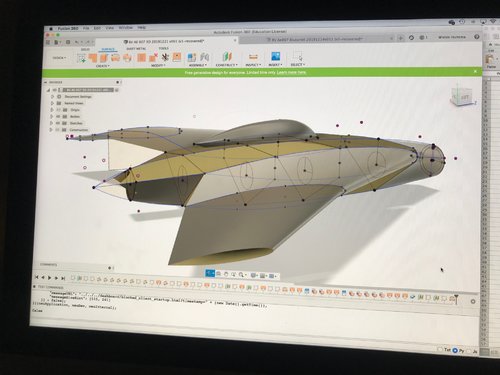
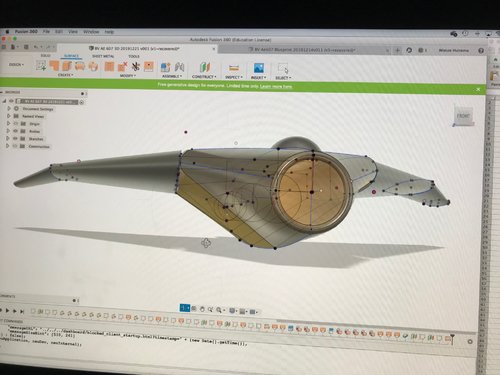
Why are the main gear so long - there is no prop arc to account for? Just curious.....Speculative landing gear drawings
Why are the main gear so long - there is no prop arc to account for? Just curious.....Speculative landing gear drawings
Enjoy the Day! Mark
Why are the main gear so long - there is no prop arc to account for? Just curious.....Speculative landing gear drawings
David Masters also had a version of the drawing in his 1982 book German Jet Genesis. I asked David where he got the drawing from and he told me that it came from Heinz J. Nowarra (I presume that's the drawing on p853, Justo - David says 'hi' btw!
...
It's not entirely correct to say that Ae 607 is a drawing number either - it's actually more like a sheet number. I've attached Ae 608 and Ae 601 to this post so you can see what I mean. It's possible that the Ae numbers relate to a particular collection of sheets. So there might have been several Ae 607s, each with a different drawing, graph or page of text on, each in a different collection.
David Masters also had a version of the drawing in his 1982 book German Jet Genesis. I asked David where he got the drawing from and he told me that it came from Heinz J. Nowarra (I presume that's the drawing on p853, Justo - David says 'hi' btw!
...
It's not entirely correct to say that Ae 607 is a drawing number either - it's actually more like a sheet number. I've attached Ae 608 and Ae 601 to this post so you can see what I mean. It's possible that the Ae numbers relate to a particular collection of sheets. So there might have been several Ae 607s, each with a different drawing, graph or page of text on, each in a different collection.
There has been speculation on this forum that David Masters was a pseudonym and that he was an unknown quantity. It is reassuring to know that he is still around after all these years. If you get the chance, please pass on one reader's excitement at finding his German Jet Genesis on the shelves, all those years ago.
The sheets you include to illustrate the Ae system are in fact Ae 601/1 and Ae 608/1. This indicates that each is intended as the first in a potential series of sheets or pages numbered (say) Ae 601/2, Ae 601/3 and so on. One is diagrammatic graphs, the other plain text. This makes it clear that the base Ae XXX number designator is more akin to a technical study ID than either a single sheet on the one hand or a design project on the other. The first sheet in such a study might not be given its /1 suffix unless a /2 sheet were created, and even then sloppy practice might still leave it off. Or conversely, it might be given its /1 but /2 never materialised. In the case of the Ae 607, the sheet is clearly identified as Zeichnung Nr. Ae 607, Seite 1. Literally "Drawing No. Ae 607, Sheet 1", which, in shorthand, would be written Ae 607/1. In such a system, say a text commentary might well be identified as "drawing" No. Ae 607/2 so that the master copy would be kept with the Sheet 1 master. Or at least, this has been the practice in every drawing and design office I ever worked in/with. So I have fair confidence that the three-view drawing was the initial document or sheet in a technical study which might or might not have accrued subsequent bits of paper.
I wonder if he knows anything about the very early Levis models, especially the engine designs? There is a Levis five-cylinder inline aero engine dating from ca. 1914 on display in the Science Museum and a record elsewhere of a Levis twin-cylinder aero engine from 1912. Both were built for the Belmont Aeroplane Co. belonging to Messrs. James and Thompson. But I wonder whether there were ever any others? Levis company records at the National Motorcycle Museum go back only to the start of WWI.Dave Masters ... generally writes about classic motorcycles
I wonder if he knows anything about the very early Levis models, especially the engine designs? There is a Levis five-cylinder inline aero engine dating from ca. 1914 on display in the Science Museum and a record elsewhere of a Levis twin-cylinder aero engine from 1912. Both were built for the Belmont Aeroplane Co. belonging to Messrs. James and Thompson. But I wonder whether there were ever any others? Levis company records at the National Motorcycle Museum go back only to the start of WWI.Dave Masters ... generally writes about classic motorcycles
